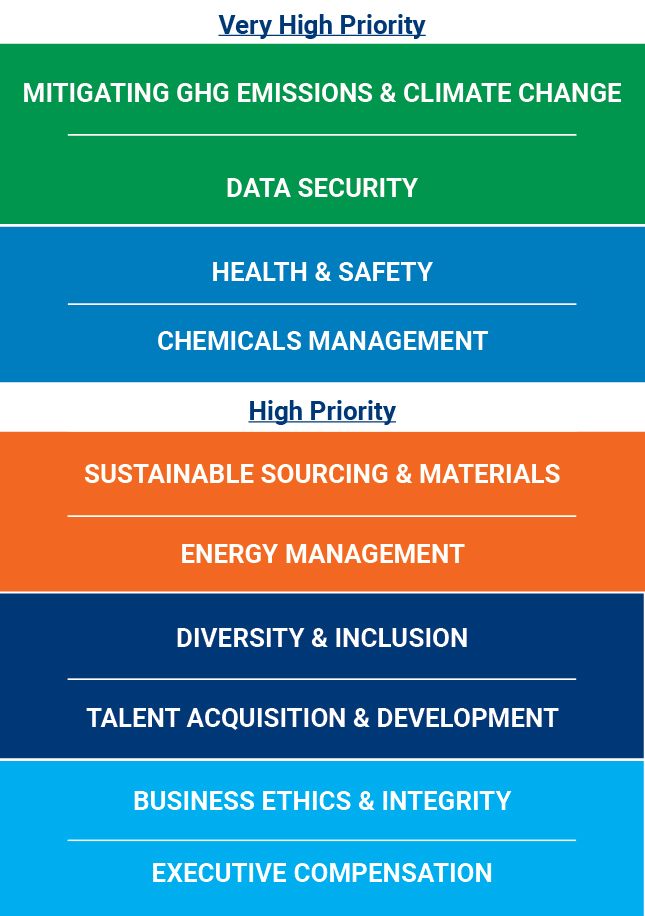Our Approach
Building a Better World is our ongoing commitment to a sustainable future, rooted in our values of transparency, trust and respect. That commitment fuels our continued focus on solutions that grow our business, drive innovative product development, prioritize the people important to our success and honor the planet we call home.
RPM approaches sustainability using a center-led three-pillar model within our Building a Better World Program, consisting of Our Products, Our People and Our Processes.

We invest in products and materials that deliver eco-conscious and practical solutions for our businesses and our stakeholders. We:
- Pursue sustainable product development opportunities.
- Integrate sustainable procurement practices.
- Address chemicals of concern.
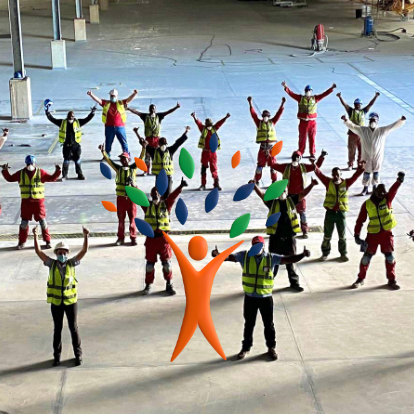
We create a work environment where associates feel supported and invested in their work and contributions to their communities. We:
- Support associates’ mental, emotional and physical well-being.
- Expand diversity and inclusion programs and initiatives.
- Provide continuing education and development opportunities.
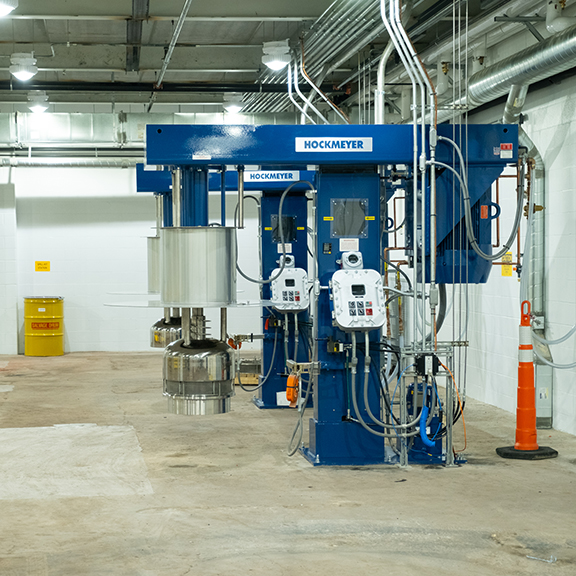
We conduct business by doing the right things, the right way for the right reasons, highlighting how sustainability can enhance successful business strategy. We:
- Reduce emissions and energy use.
- Reduce waste and increase recycling.
- Promote water reuse and conservation.
Our corporate governance and ethical practices create long-term stakeholder value guided by reasonable oversight through all levels of our leadership. Our governance is built on the foundation of our core values of transparency, trust, respect and our code of conduct and ethics, The Values and Expectations of 168.
Our Commitment
For 75 years, RPM has valued and respected our place in the world as a steward of the built environment. We have a unique opportunity, given our global scope but local approach to conducting business, to leave a lasting legacy by doing well through doing right. Our commitment to sustainability, the environment, society and governance principles has been central to our values for decades.
That is why, in recent years, we have increased our efforts to build infrastructure that enables us to gather and analyze data from our many decentralized operating companies so we can bring those practices together in this more center-led, strategic approach. Our company continues to implement changes, including new operational improvement programs, that drive our overall business strategy and propel us forward along our sustainability journey of Building a Better World.
Comprehensive practices across our operations have positioned us to create value for our customers, associates and other stakeholders for generations to come. To focus our sustainability efforts in ways that align with our business practices, we now center lead sustainability from the top with our Board of Directors and our cross-functional Building a Better World Oversight Committee chaired by our Vice President — Compliance and Sustainability, Associate General Counsel.

The Value of 168®
The number 168 — the number of hours in a week — reminds us of our commitment to ethical business conduct every hour of every day. The Value of 168 reminds us to always use the limited time we have to do the right things, the right way, for the right reasons.
2025 Sustainability Goals
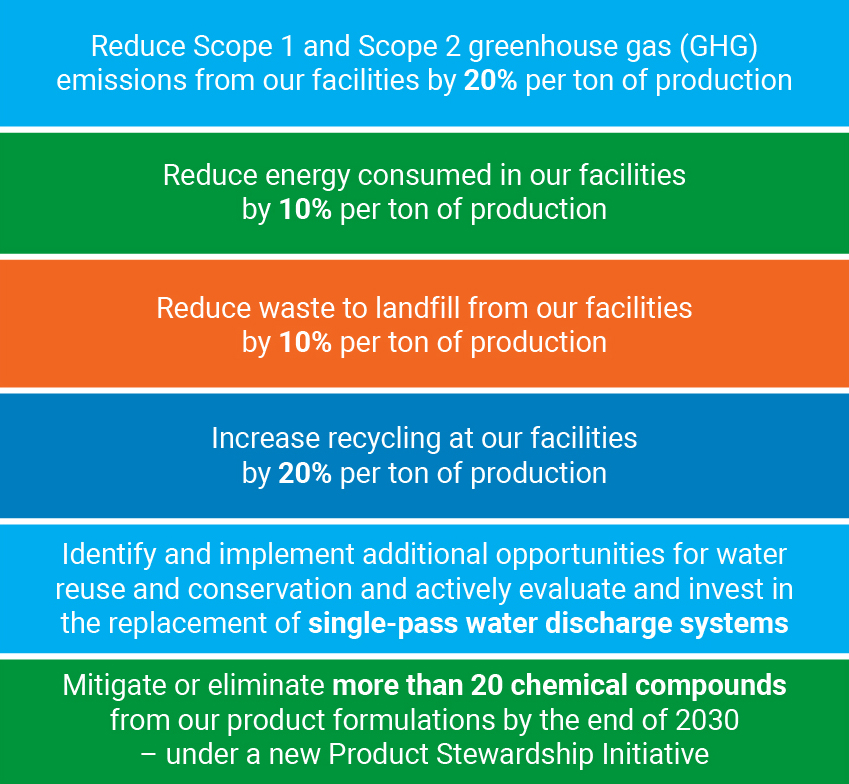
We are advancing efforts to reach our goals to reduce emissions and energy consumption, decrease waste across our global footprint, conserve water and enhance our associate experience.
In our 2021 Sustainability Report, we introduced sustainability goals using 2021 as a baseline. In 2022, we developed a centralized capability to accurately track our progress toward these goals across all our operating companies.
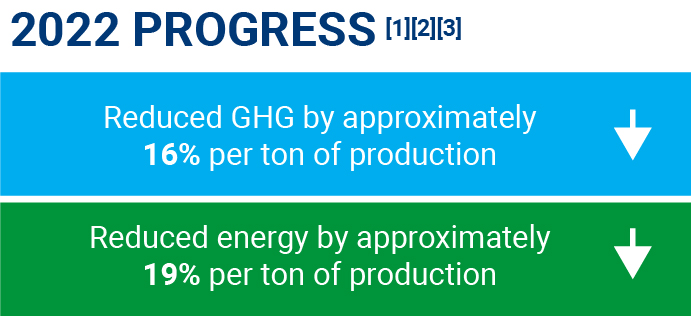
[1] Compared to 2021
[2] Includes assumptions and estimates, which may vary from actual.
[3] Progress toward our goals may vary from year-to-year and may be impacted by factors outside of our control.
Priority Assessment
Priority Assessment is a tool used to identify important topics that are most impactful to a company so it may prioritize its efforts accordingly. Priority topics are categorized from high to low importance to the organization based on input from a variety of sources as well as the company’s level of maturity on each topic. It is designed to help RPM leadership determine efforts, risks, opportunities and priority actions.
The Priority Assessment process consisted of 4 steps:
- Identification
- Prioritization
- Validation
- Finalization
The sources included:
- RPM Documents (2021 BABW Report, Employee Surveys, Supplier Surveys, Investor Reports, Internal Risk Assessments)
- Peers (PPG, Sika AG, Axalta, Carlisle, Sherwin-Williams)
- ESG Frameworks (UN SDGs, GRI, SASB, TCFD, ISS, MSCI, CSRD, etc.)
- RPM Internal Interviews (Planning & Global Systems, CPG, Operations, Consumer Group, Product Stewardship, SPG, Finance/Audit/Governance, PCG)
